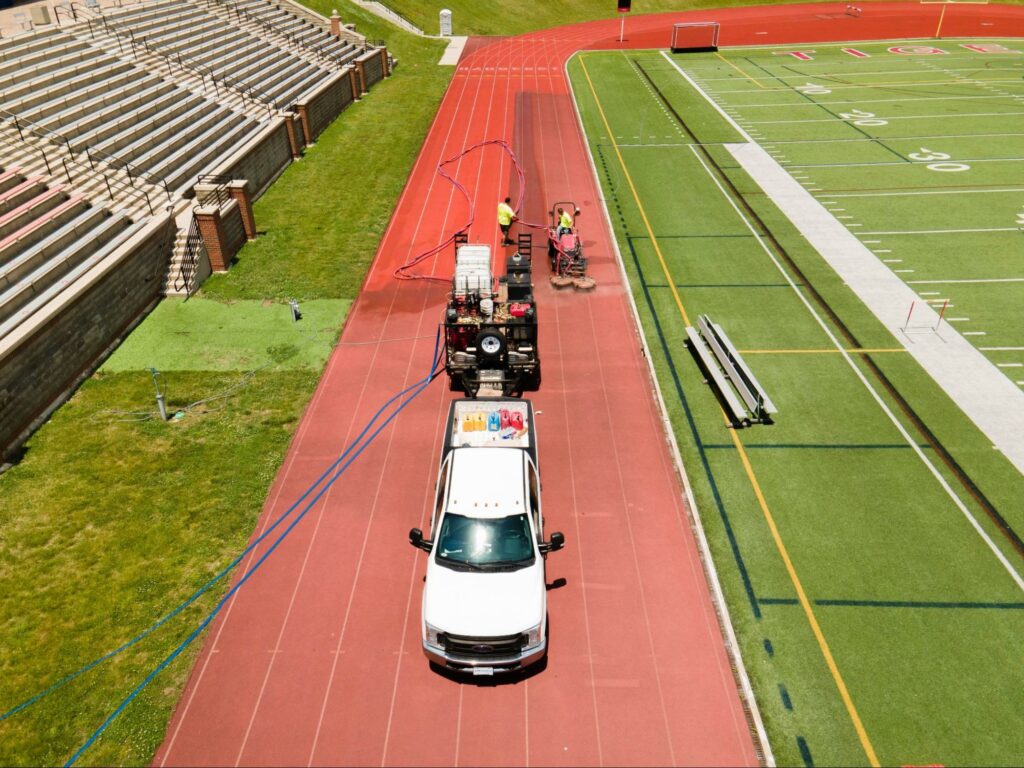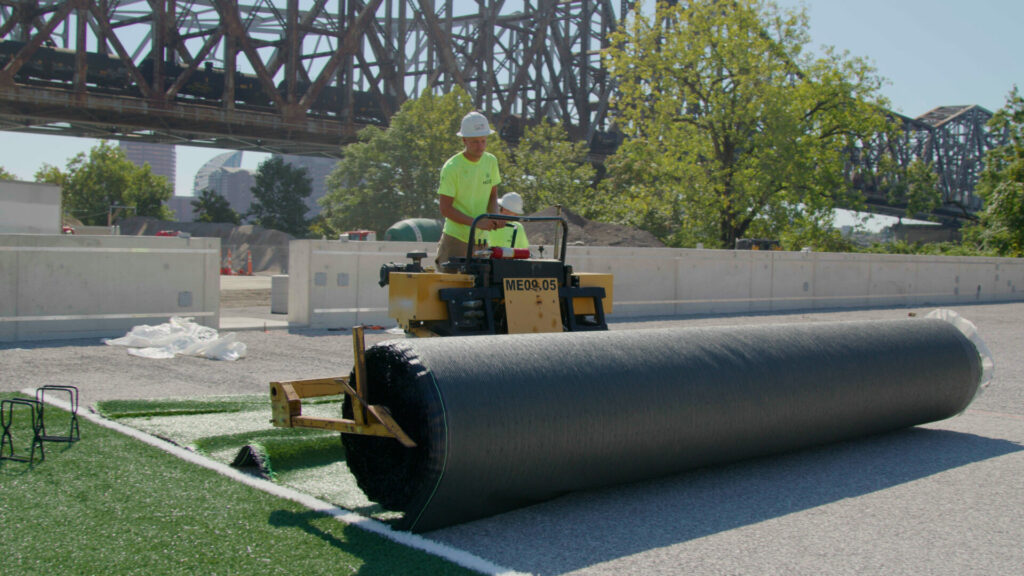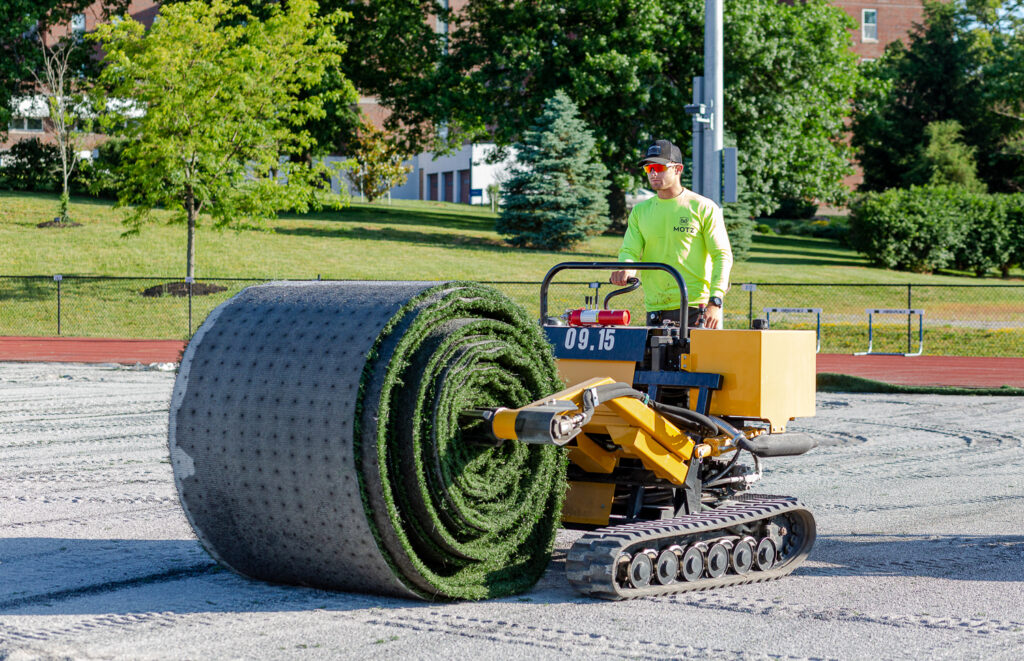
Sports Field Blog
Subscribe To Email Updates
Subscribe to our weekly newsletter and we’ll send updates straight to your inbox
What are Best Practices for Setting Up a Fundraising Campaign?
One of the most important factors when planning for a synthetic turf field installation is determining how you and your organization will pay for the project. Some are fortunate enough to have private donations that will foot the bill, but others utilize participation from the entire community through a fundraising campaign to fund their field.

A great example of fundraising success is the 2013 project at Watkins Memorial High School where we installed our signature PerformanceBlade Synthetic Turf System in Pataskala, Ohio. Tom Lee, Chairman of the Watkins Turf Committee, has a few tips to anyone interested in beginning a fundraising campaign.
In your opinion, what is the best practice for setting up a fundraising plan?
Establish a trusted, motivated committee with diverse areas of expertise. Then, form a plan for the entire process from start to finish, including the fundraising plan. This plan must include a fundraising goal, marketing information to distribute, and “paint the picture” for the potential donor, and how you will manage the money (including taking a loan if applicable). Be transparent on financial management by using more than one person to oversee donations as they come in. If you’re a not-for-profit organization, such as a booster group, sell the tax benefits to the potential donors.
Potential donors have to trust you and see what they are donating for, and what the benefits are for the community. Have facts to use when selling the plan and use social media such as Facebook and a website to your advantage. Sometimes, big donors want the field built ASAP before they commit. Have a loan in place prior to starting fundraising is key to making this happen.
What did you learn from your fundraising experience? What worked well and what didn’t work?
Trust is essential. The potential donor must trust your committee and the cause. Our recent success was due to effort, motivation, and trust. Our previous committee failed because of the lack of those key components. Find a big donor…once it happens the rest is easy. Don’t be afraid to tell them what you need instead of asking what they can give. If you have the ability to take a loan, allow donors to spread out the donation over time. We used a 3-year plan for $1,000 to $5,000 and a 5-year plan for $5,000 and up.
When preparing for fundraising for synthetic turf, what do you feel people within your community or organization responded to the best? What were some of the key arguments you utilized for why the field was necessary to your group?
We argued that our field was in desperate need of replacement and it was something the community could take pride in. And we sold marketing exposure to all donors that gave over $1,000, but don’t be afraid barter on marketing (with school approval). If they want more exposure for a larger donation then bend over backward to make it happen. It’s very inexpensive to have an extra banner or sign made for them to put somewhere in the stadium. But make sure if you offer one donor something you are consistent with others willing to donate the same. We also argued potentially hosting playoffs for revenues, fewer maintenance costs, and so on but those had minimal impact in our community.
If you have any questions regarding fundraising for your project or would like more information on how to plan to bring turf to your facility, reach out to us here.
Similar Blogs



